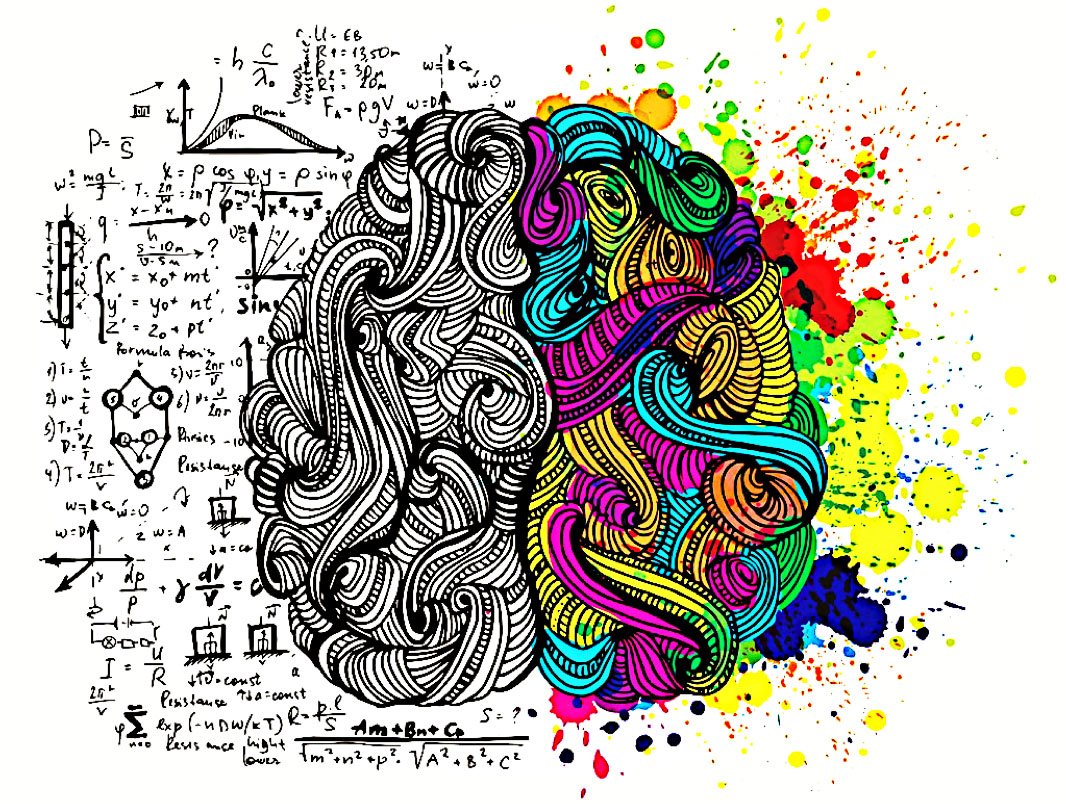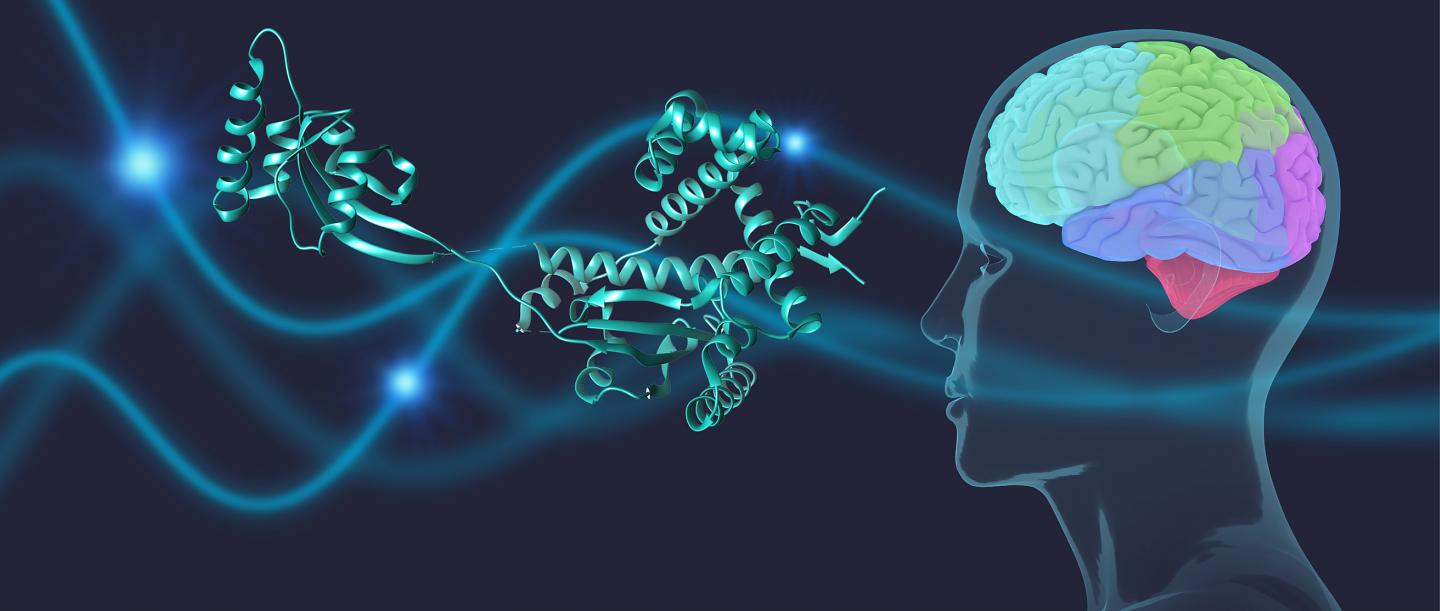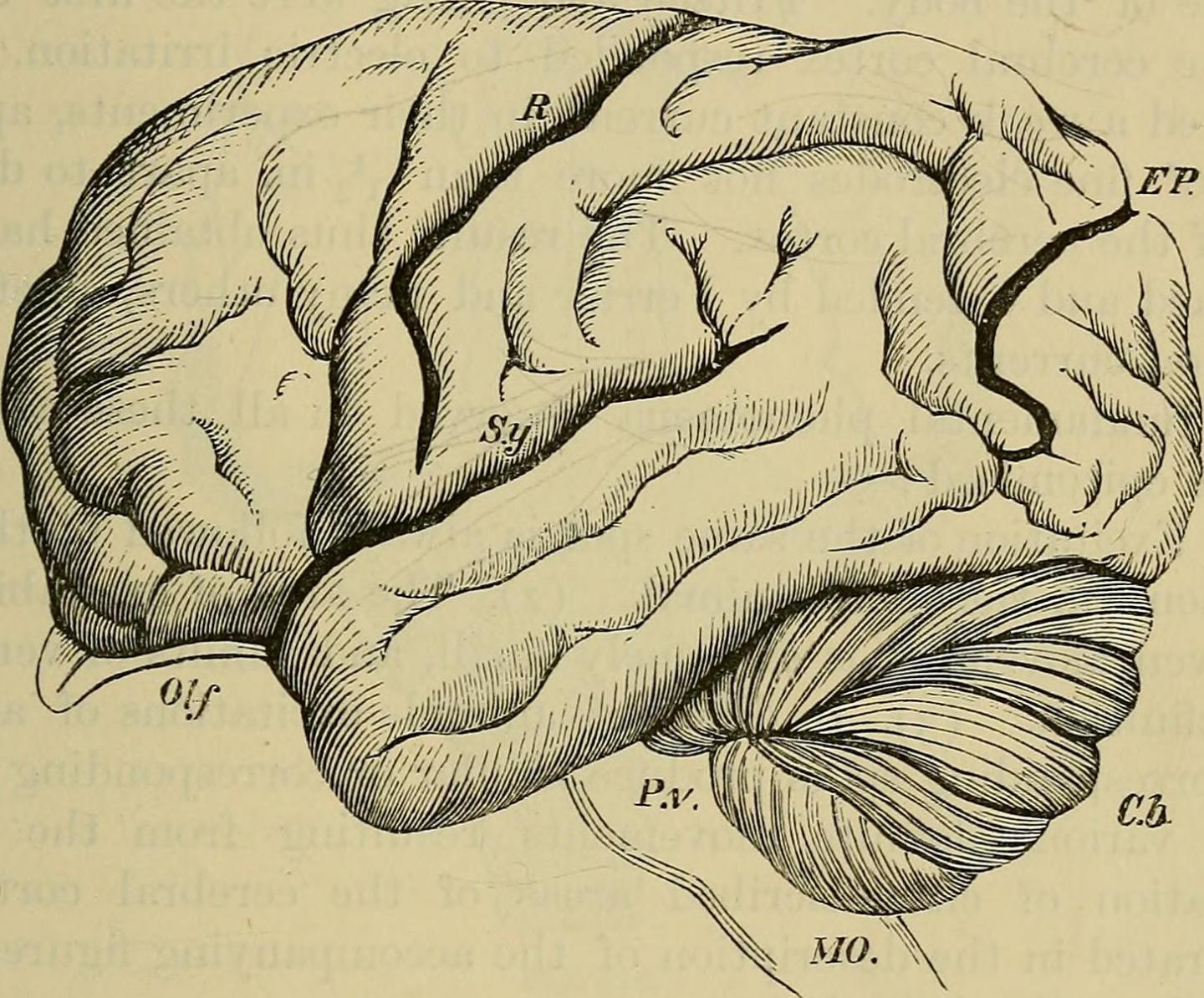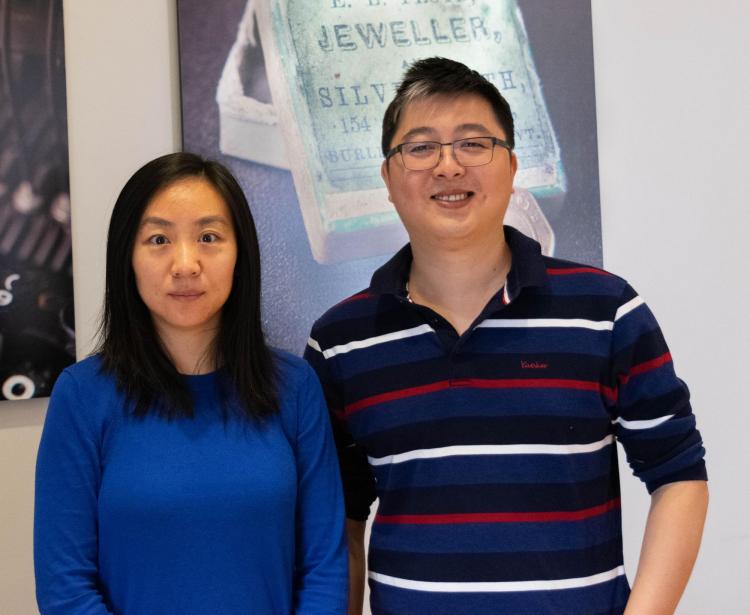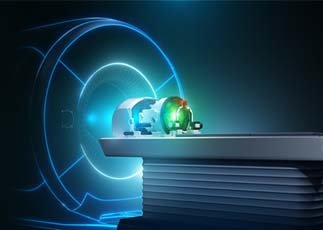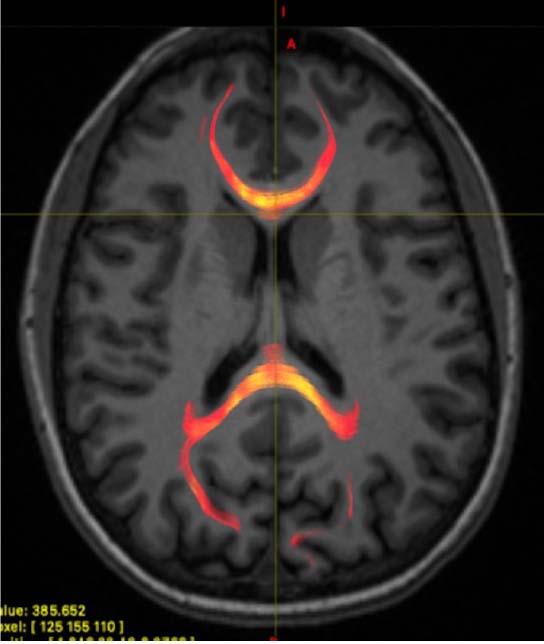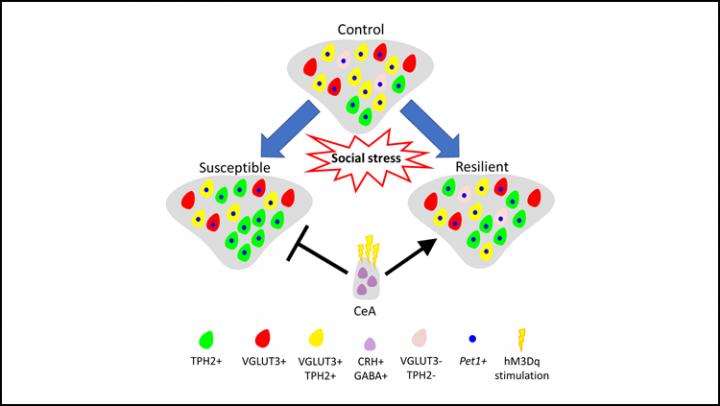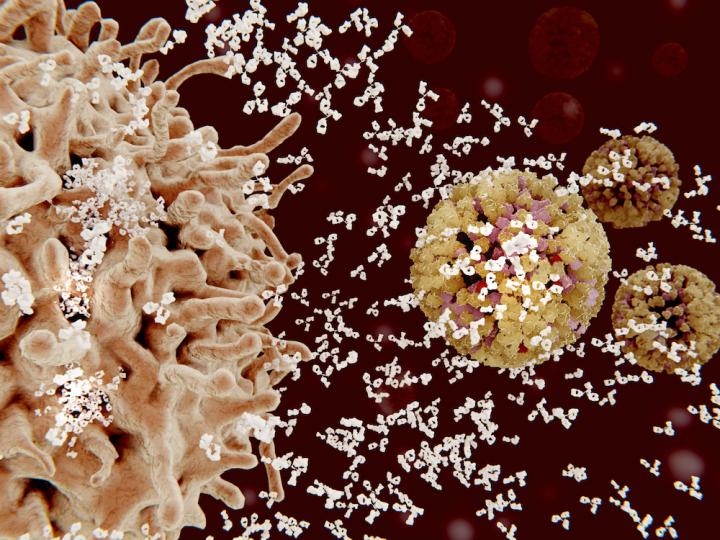Key mystery about how the brain produces cognition is finally understood
We explain human behavior in terms of unseen entities such as motivation, curiosity, anxiety, and confidence. What has been unclear, until now, is whether these mental entities are coded by specific neurons in specific areas of the brain. Professor Adam Kepecs at Cold Spring Harbor Laboratory answers some of these questions in new research published … Read more
